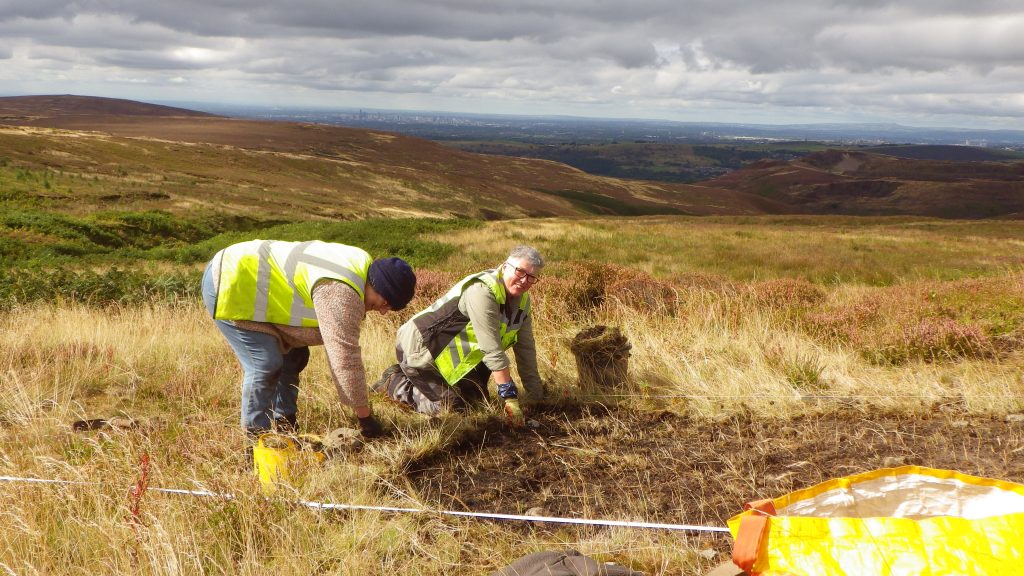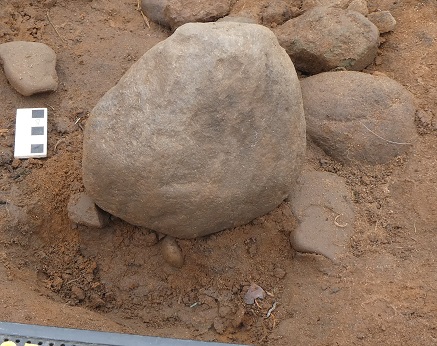
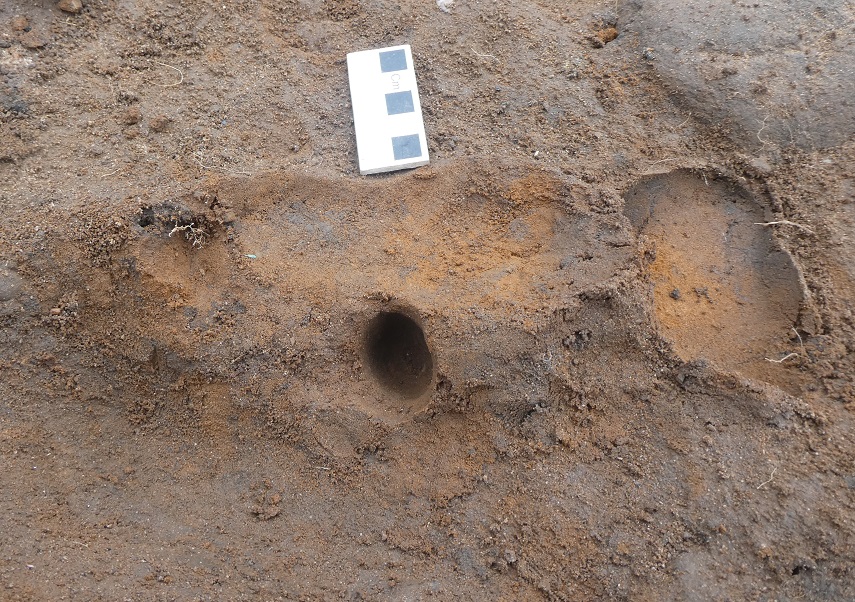
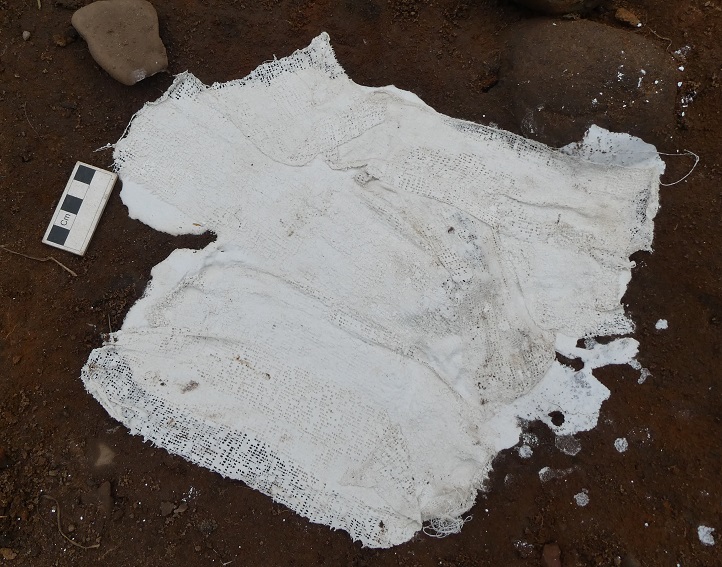
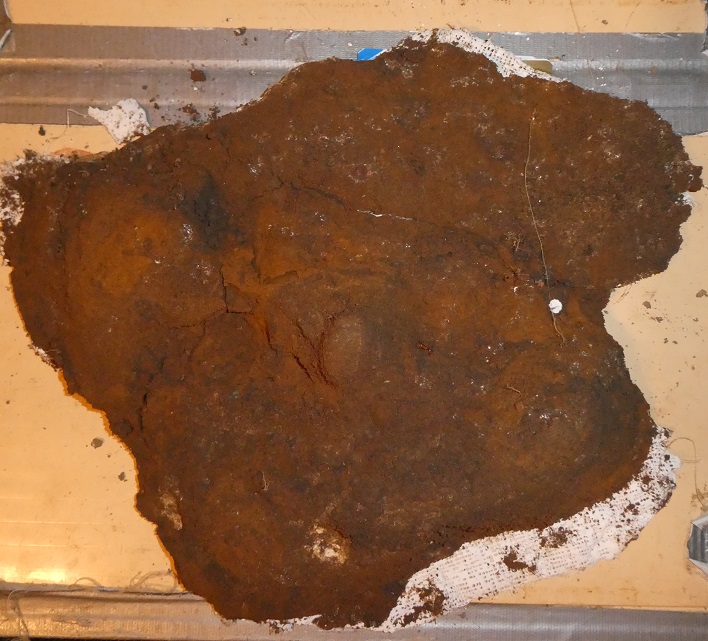





Runs until 25th February 2024
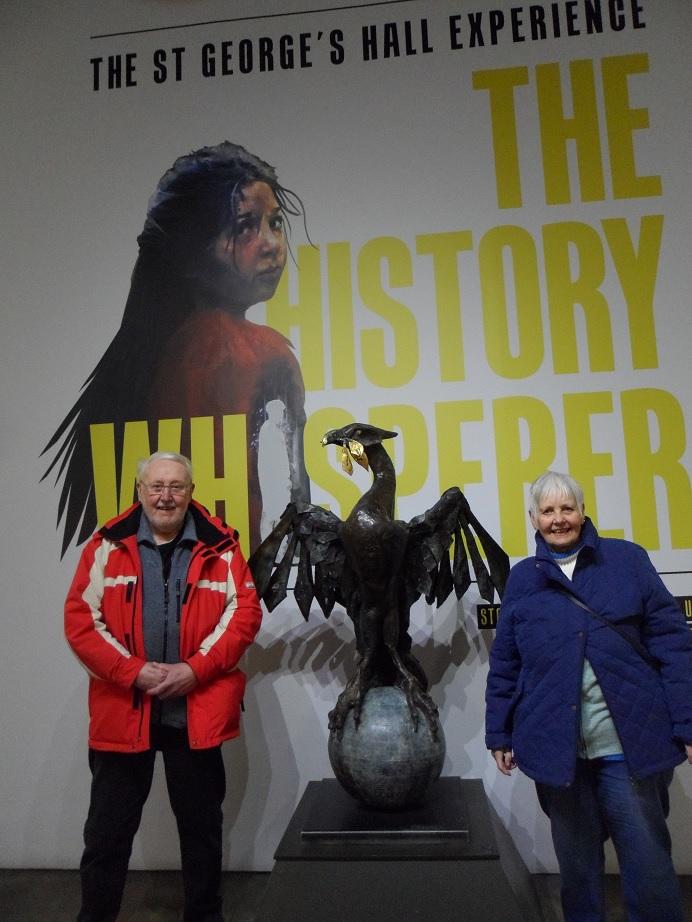
A hybrid digital and tour of the courtroom and viewing of the main hall
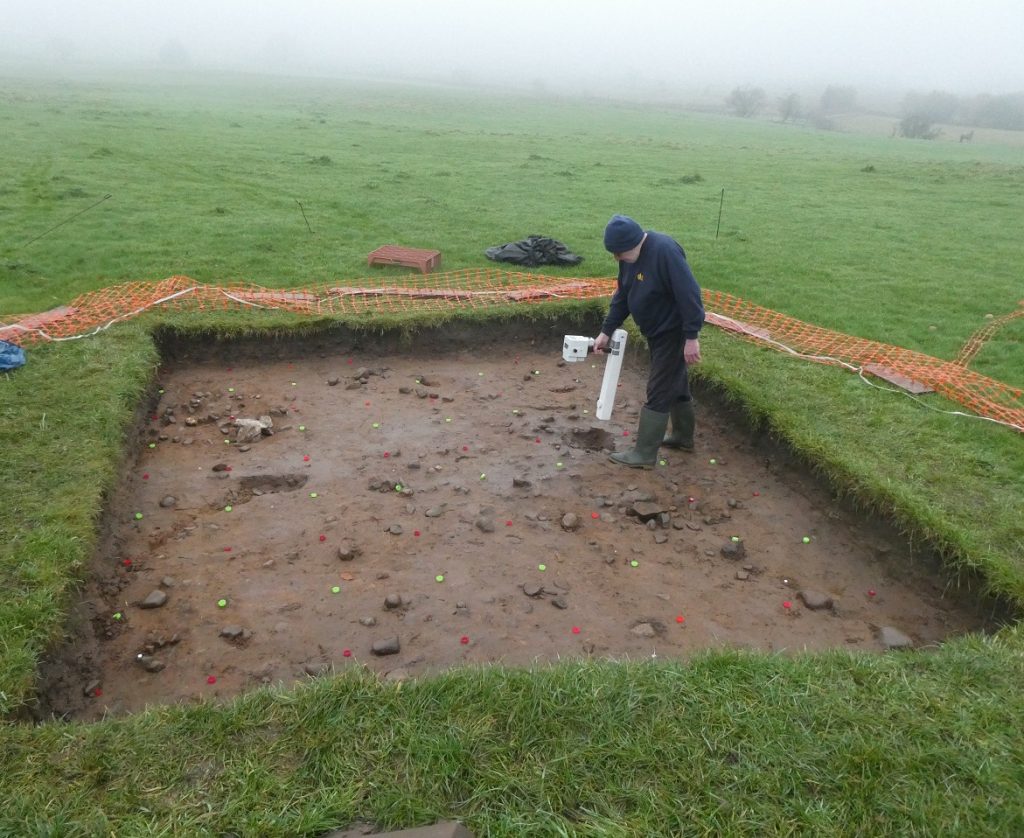
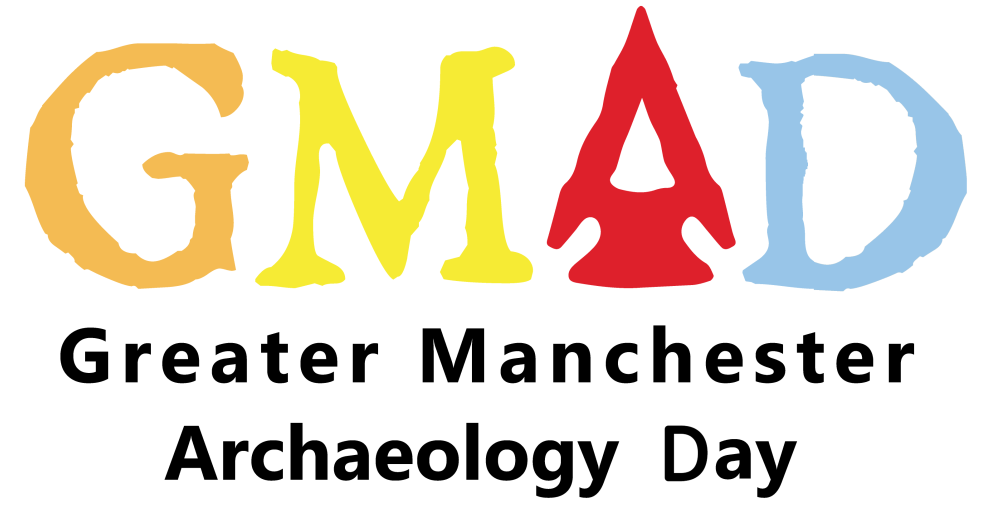
TAS member Kevin Wright will be talking about results from a Mottram site where stones found on site will be discussed, their uses, their distributions and how they may have related to prehistoric people living on the land in Tameside.
The annual archaeology day, hosted by the Greater Manchester Archaeological Advisory Service in conjunction with the Greater Manchester Archaeology Federation, is to be held at the University of Salford on Saturday 25th November 09:30 – 17:00. The venue is Peel Hall in the Peel Building at the University of Salford. Click on the following link to purchase a ticket. £10 or £5.
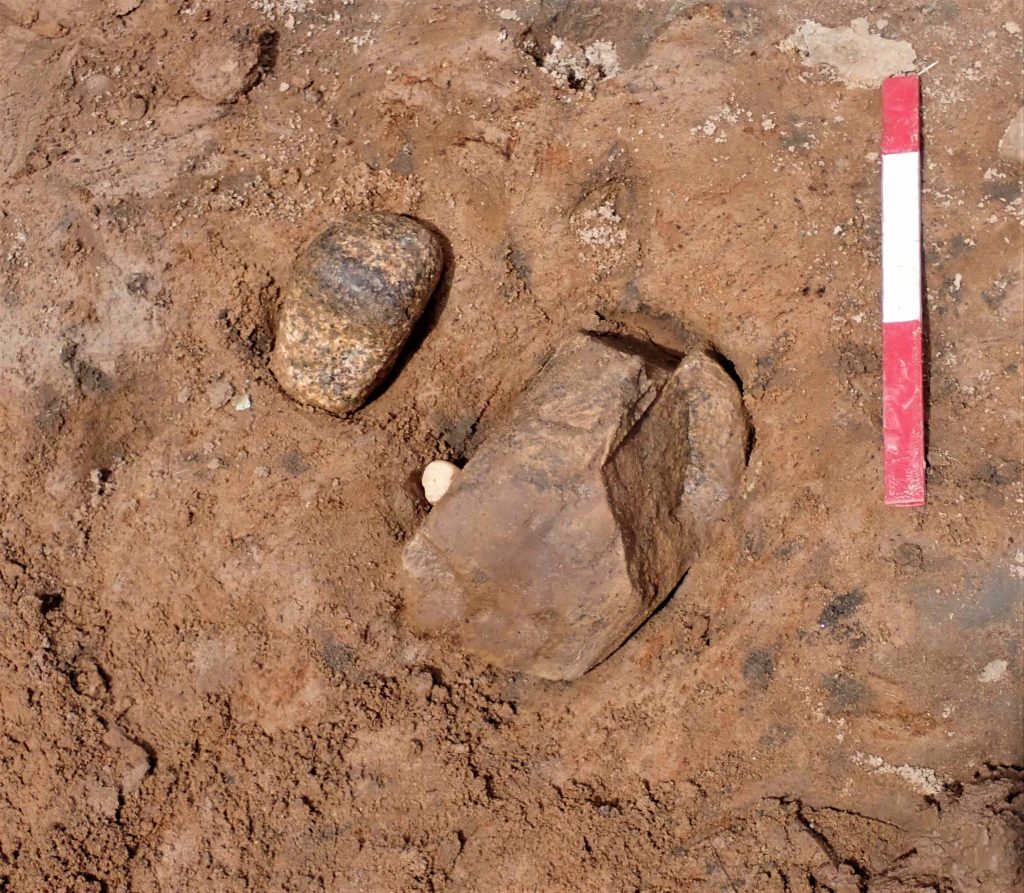
Recently digging on our Neolithic site we came across these two stones embedded in the natural interglacial sand. Both had evidence of having been used as small anvils.
One would imagine that the smaller, granite stone would have been used for working flints, while the larger sandstone piece might have been used to work wood.
The depressions in which they sat did not seem to have been cut, as such, but it makes sense that the stones would have been purposely pressed into the sand to achieve stability. There was a fine line between creating a good flint and wrecking one, so they needed a good surface to work on.
It’s fascinating that simply from two stones in the ground we can begin to build a picture of the lives and working practices of people from thousands of years ago.
With spring comes the prospect of unearthing new treasures. Well, old treasures hopefully. And by treasures, we don’t mean hoards of gold coin. A post hole, a change in the colour of the earth, a piece of flint or a broken shard of pottery could be all we need to indicate that we have found something worth further exploration.
Take the site below, recently de-turfed, ready for the new season. We already know that it is within a few metres of a Neolithic hearth. What we find in the coming weeks and months could give us a significantly fuller picture of how the site was used by people so many years ago.
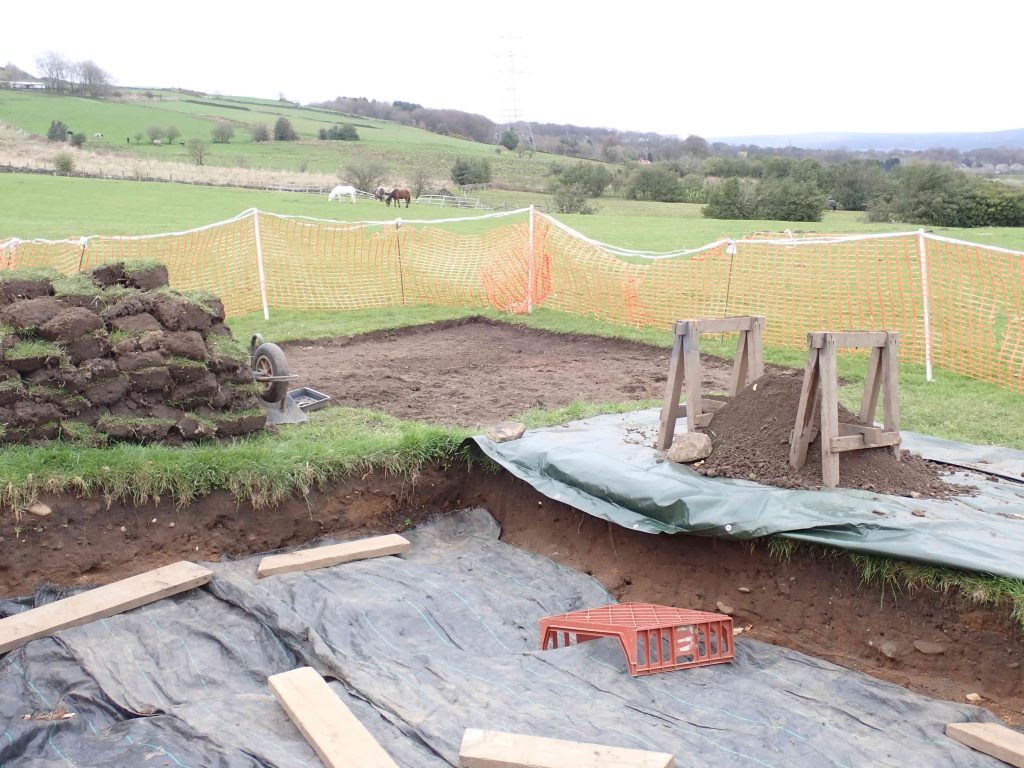
In early April a small but intrepid group of TAS members ventured as far as Warrington to enjoy a guided tour of the museum there.
A very knowledgeable member of staff took us through the many different rooms to see the multitude of varied and fascinating exhibits. The cabinets were bulging with artefacts and a great deal was packed into our hour-long tour. A selection of what we saw is shown below.
To wrap it up we were treated to a tour of Warrington centre, courtesy of TAS member Marlene, who lives nearby. Probably the feature of this was seeing the famous Grade II listed Golden Gates.
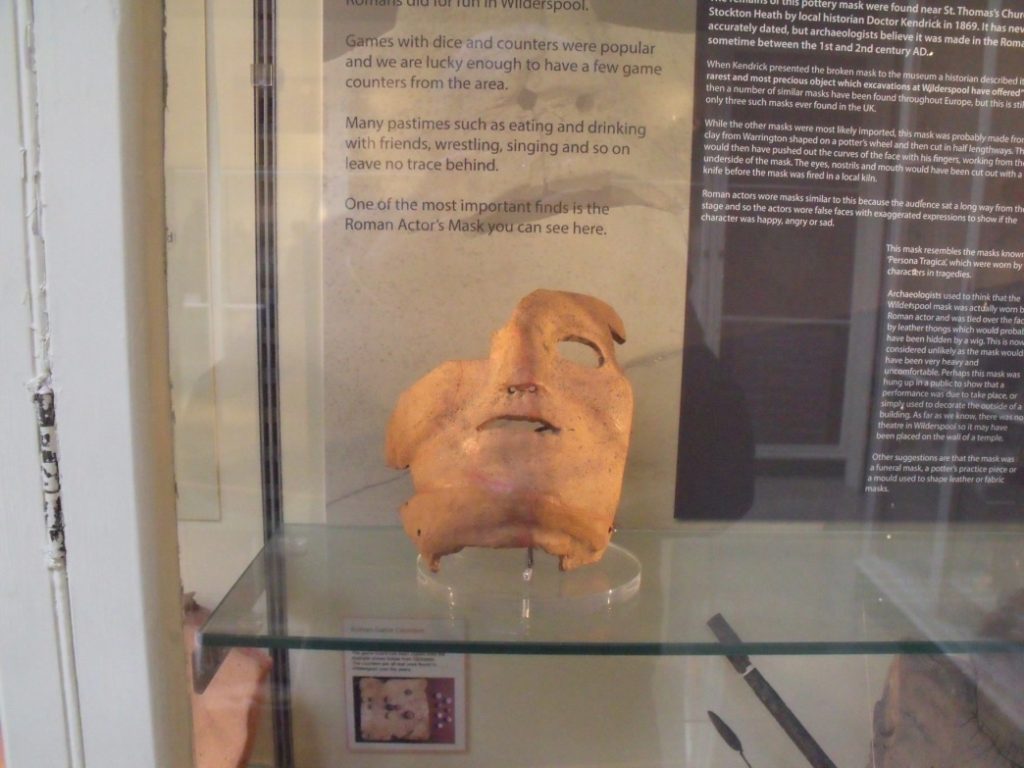
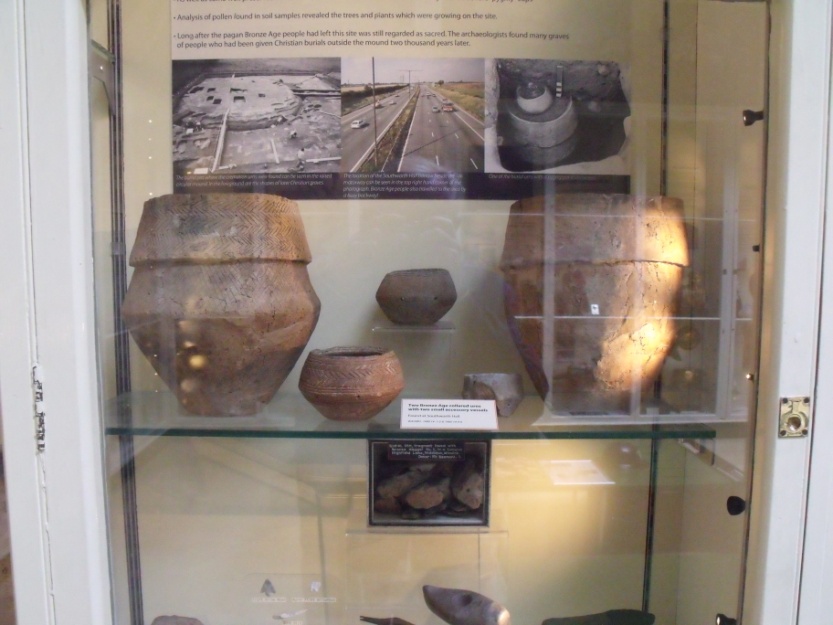

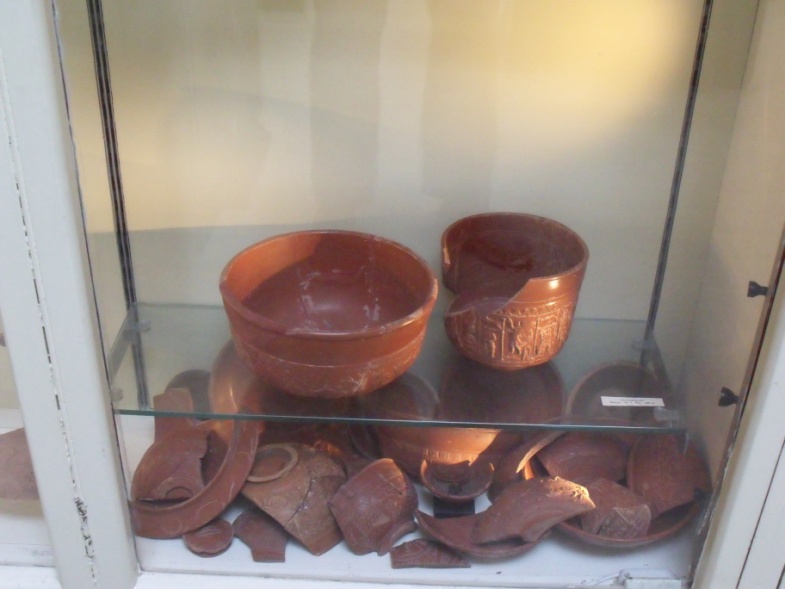
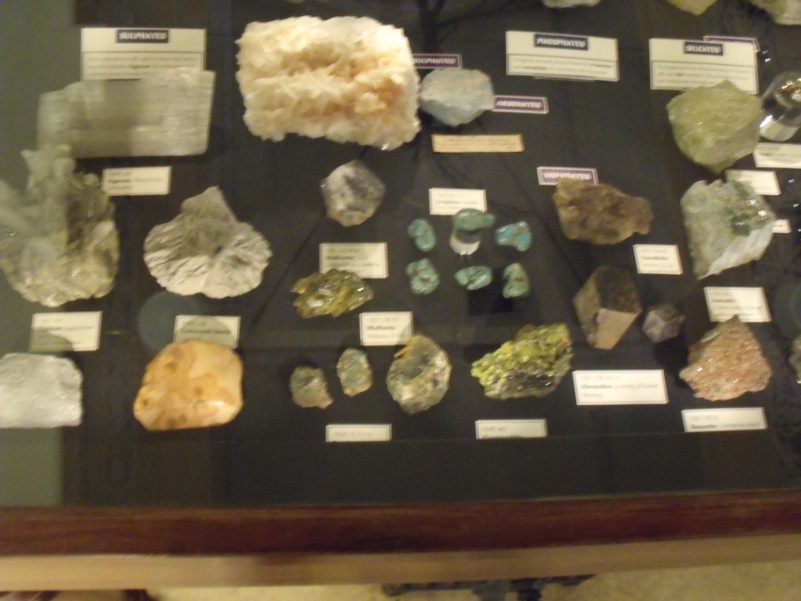
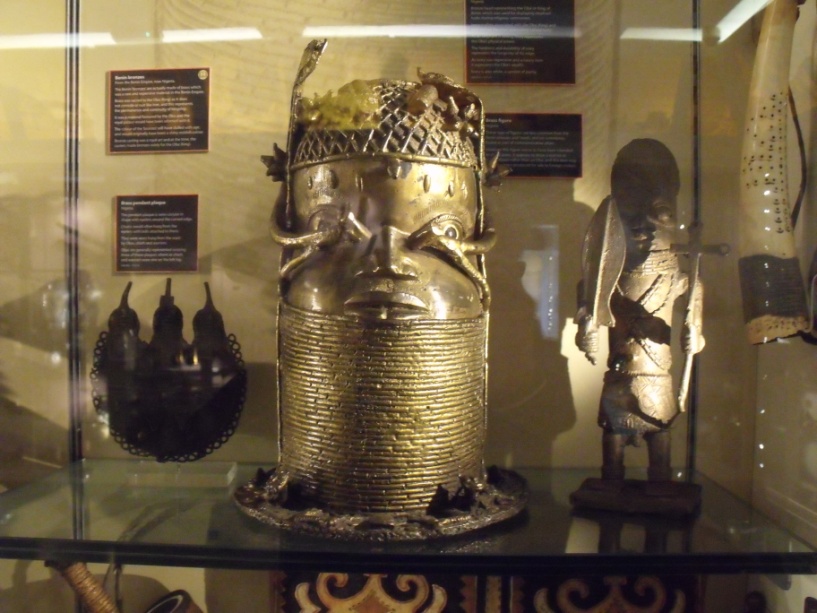
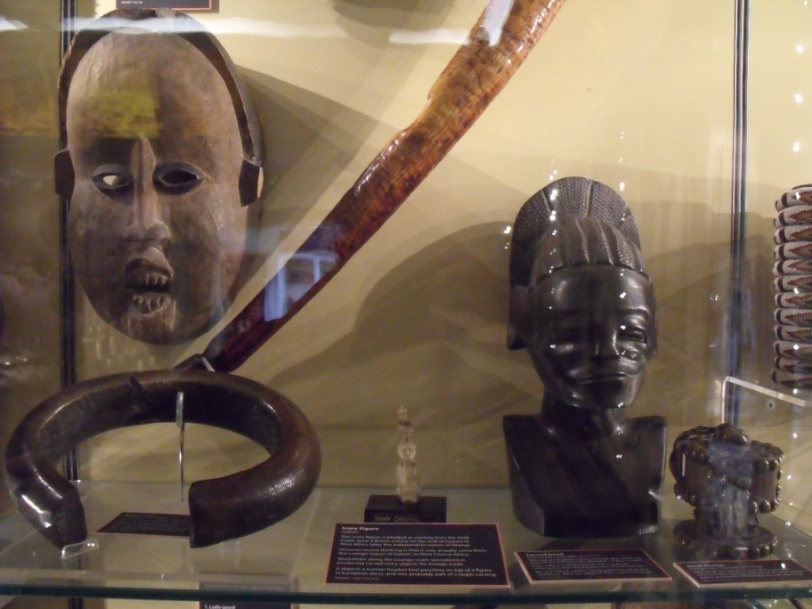
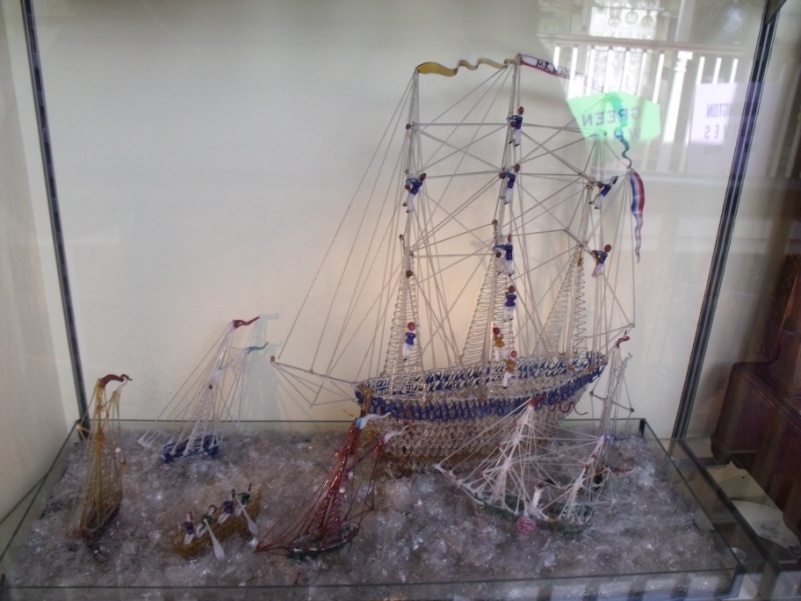
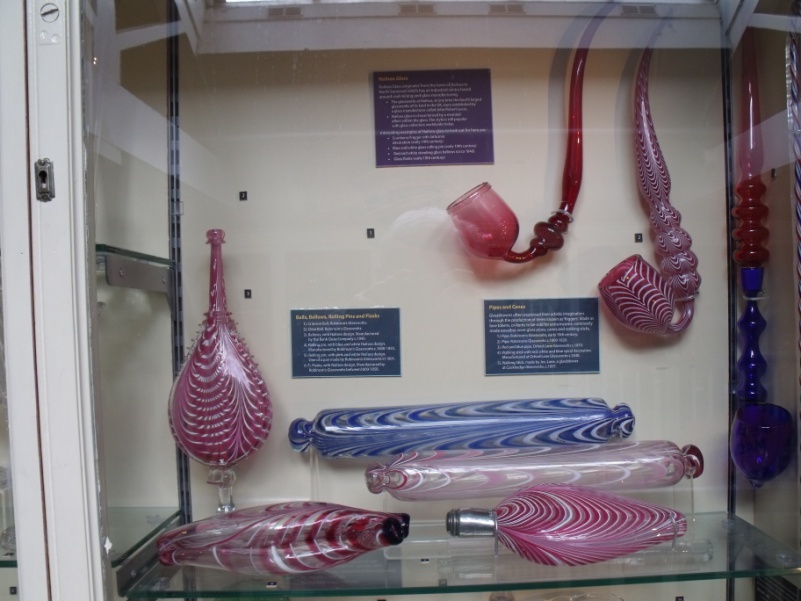

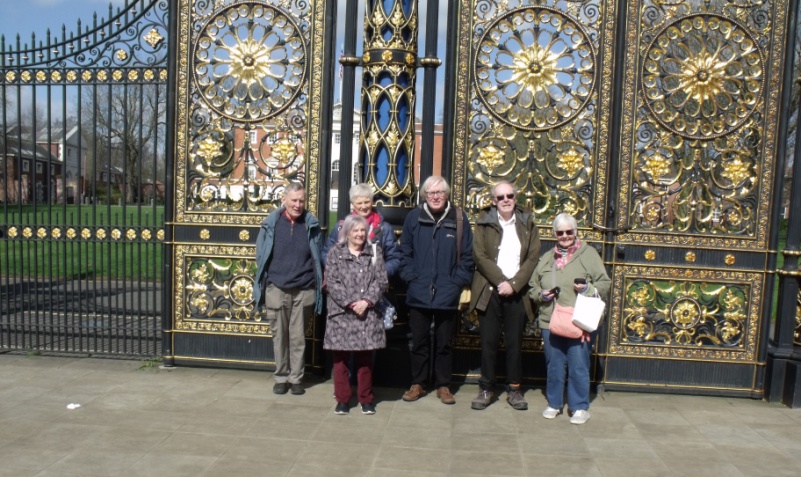
Why not pay a visit yourself? The museum also houses an art gallery!
Marlene, a TAS member, recently came up with another kitchen utensil that
probably broke its handle some 5000 years ago.
A keen digger, Marlene discovered the stone whilst digging on a TAS site near Mottram.
The stone is local fine sandstone and has been reduced down in thickness
and shaped. The edges show the tell-tale effects of its use with wear
along two sides. The stone would have been longer but has broken when
being used in the prehistoric period. It was discovered in an
area of the dig along with flints and stakeholes that may be associated
with the production of daily-needed materials or the processing of food.
This artefact, along with other stones found on the prehistoric site, suggests that a number of people might have been using stone tools, either within one or several generations from this period, a time when many people farmed the land.
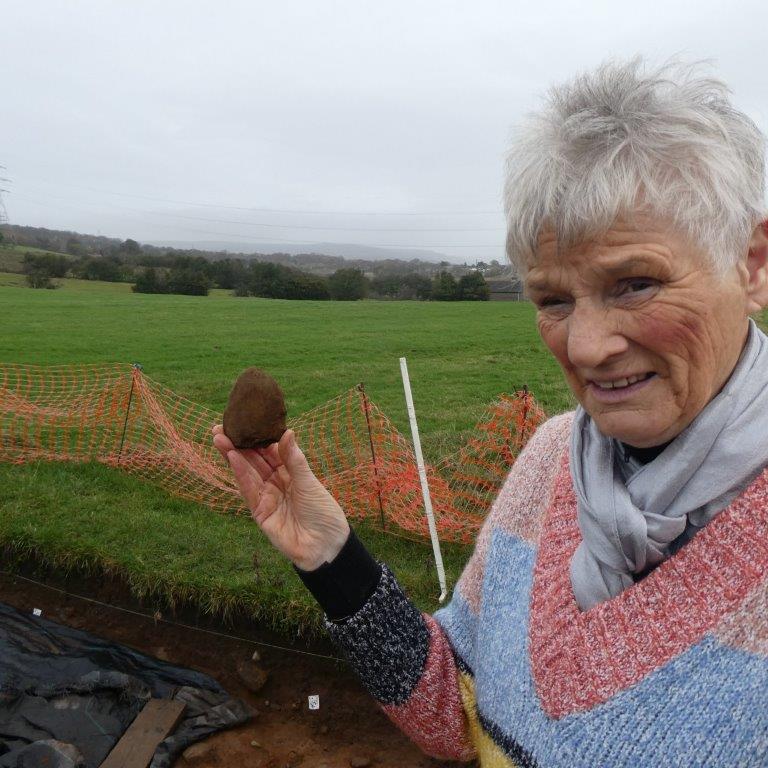
This view from local moorland, overlooking Manchester, shows TAS volunteers deturfing in preparation for a fresh dig on an old site where we are looking to build on previous knowledge, supplemented by the results of carbon dating.
A magnetic anomaly a few metres away revealed a fire pit which was dated to around 6000 years BC.
The mesolithic site has further anomalies which are going to be evaluated by volunteers over the next two weeks under the supervision of Ron Cowell, Curator of Prehistory at Museums Liverpool.
